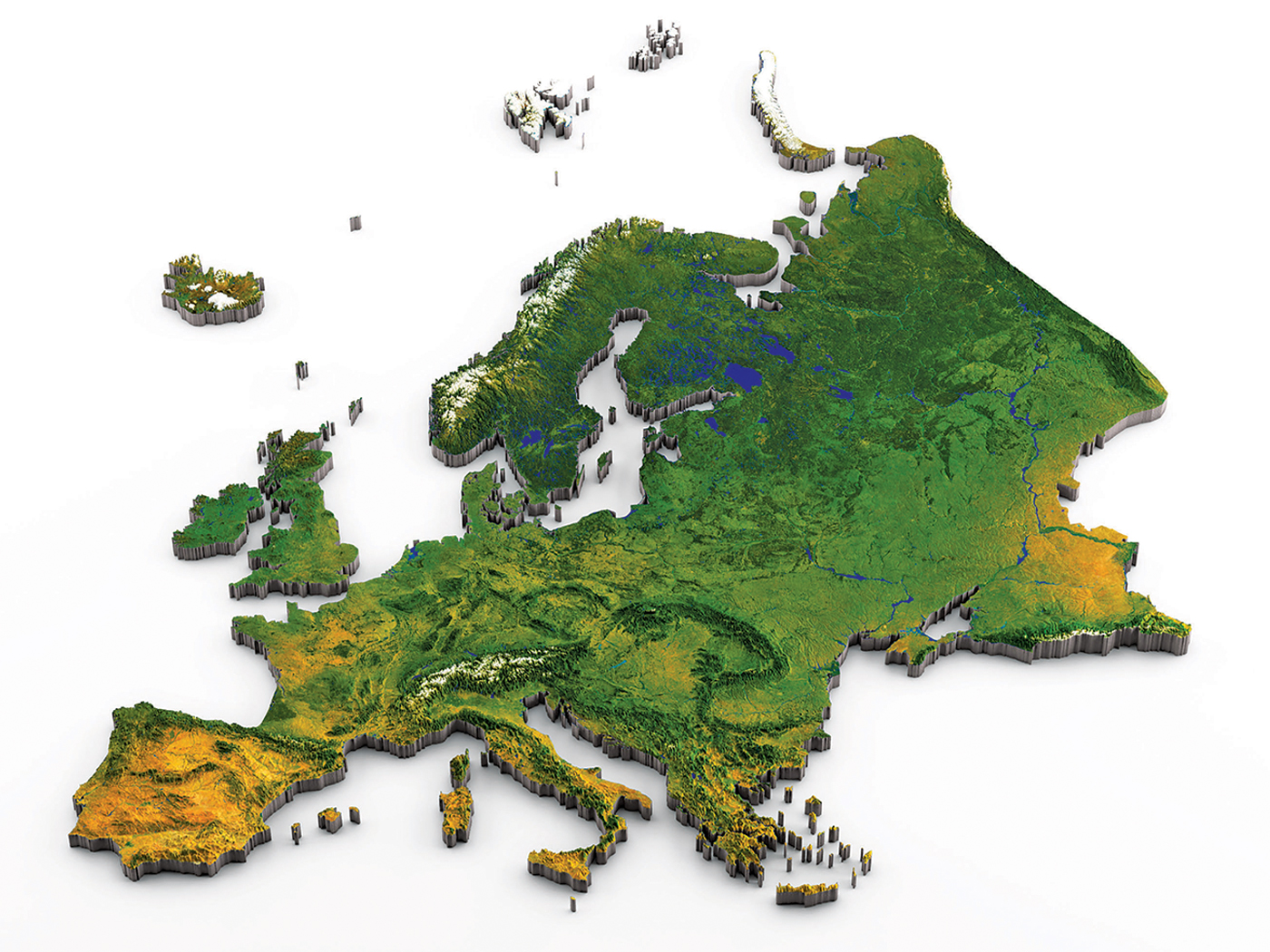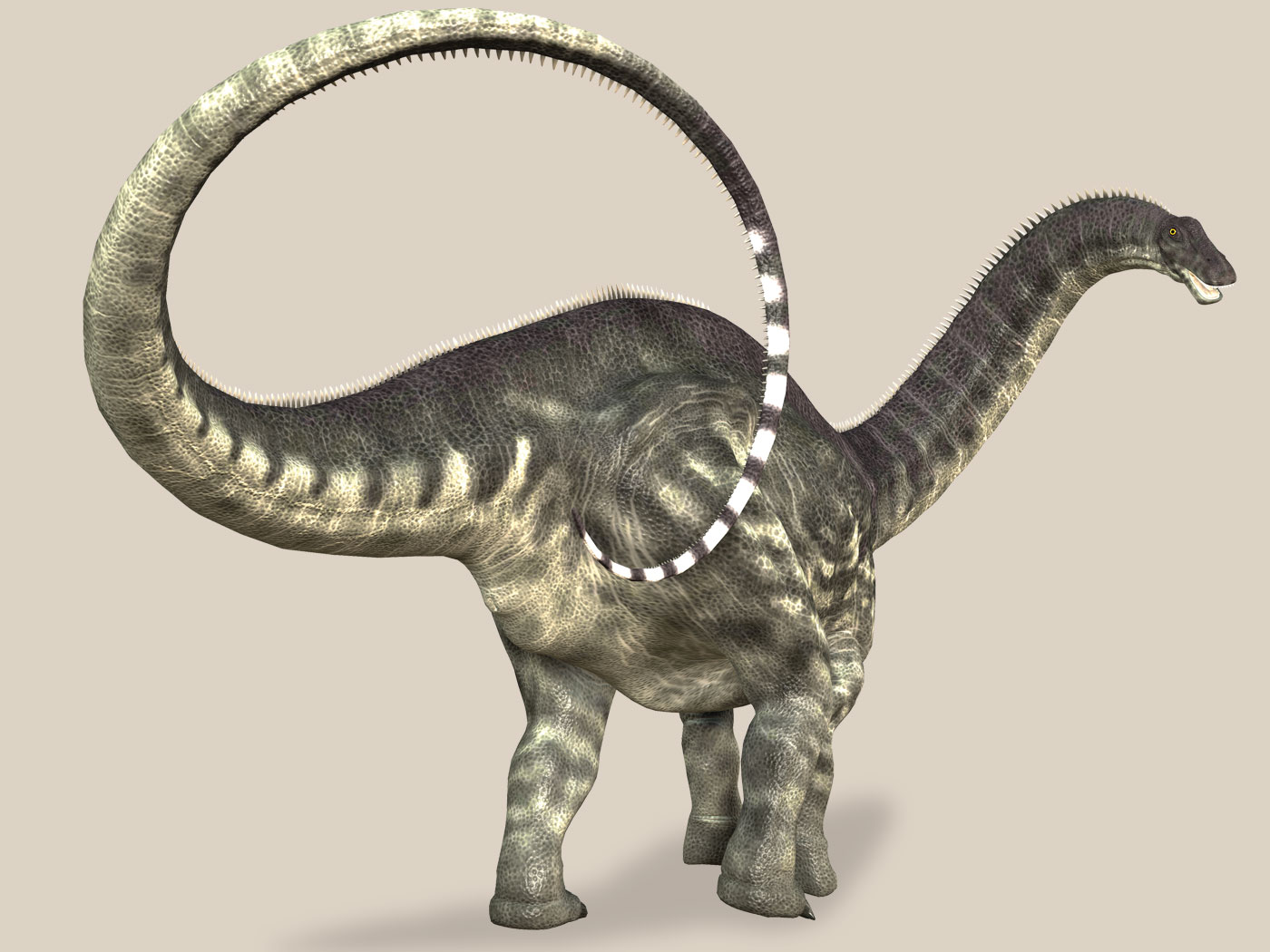This fall it was back to class for millions
of students enrolled in schools, colleges, and universities
throughout Canada and the United States. For those taking
science courses such as biology, anthropology, and earth science,
it's quite evident that evolution is the reigning paradigm
in science today. University of Calgary biology professor
Gordon Pritchard's statement on evolution is a good example
of this mode of thinking: " . . . evolution currently
provides the best explanation for the diversity of life on
earth, including humans" (Calgary Herald, August 3, 1995,
p. A5).
Michigan State physiology professor Robert
S. Root-Bernstein wrote regarding his introductory course
on evolution: "I encourage [students] to be skeptical—as
long as their skepticism is based on logic and evidence. .
. . Questions are what drives science, not answers. . . .
Take nothing for granted, I counsel my students: that is what
makes a scientist" ("Darwin's Rib," in Discover,
September 1995, pp. 38–41).
Taking a cue from professor Root-Bernstein
that "questions are what drives science, not answers,"
what follows is a partial list of questions that could be
used to critically examine and evaluate evolutionary theory.
These questions would make good classroom discussions,
initiated by either teacher or student, or good student research
assignments.
- Microsoft programmers utilized complex codes to create
the Windows 95 software. The genetic code, which is more
sophisticated, controls the physical processes of life
and is accompanied by elaborate transmission and duplication
systems. How does evolution, using natural processes and
chance, solve the problem of complex information sequencing
without intelligence? - Evolutionists believe the Cambrian explosion of new
life began about 525–550 million years ago. Stephen
Jay Gould writes: ". . . an elegant study, published
in 1993, clearly restricts this period of phyletic flowering
to a mere five million years." (Scientific American,
October 1994, p. 89.) What is the approximate number of
beneficial mutations which must have occurred per year
during this 5-million-year period, given that billions
x billions of information bits would have to be encoded?
What percentage of mutations in multicellular organisms
have been recognized as beneficial? List any you find. - Within the field of biogenesis studies, there are a
number of models which posit that the early, prebiotic
earth must have had a reducing atmosphere (without oxygen
or ozone). How could life begin to evolve without ozone
to protect the earliest life forms from harmful UV radiation? - Both "left-handed" and "right-handed"
amino acids occur naturally. Life forms contain proteins
consisting principally of "left-handed" amino
acids. Assuming a simple protein molecule of 172 amino
acids, what is the mathematical probability that all 172
amino acids would be "left-handed"? - Megatons of amino acids would be required to reach the
necessary concentrations for protein synthesis in a vast
primordial ocean. Puddles and ponds have a limited duration.
Does evolution address this problem? - Molecular biologist Michael Denton (Senior Research
Fellow, University of Otago in New Zealand) in his book,
Evolution: A Theory in Crisis, states there is
not a trace of evidence on the molecular level for the
traditional evolutionary series. Other molecular biologists
agree/disagree with his conclusion. Why? - How does evolution explain the emergence and development
of sexual reproduction given that both male and female
physiology would have to mutate simultaneously? - True or False? Life appears abruptly and in complex
forms in the fossil record and gaps appear systematically
between various living kinds. - Document from the fossil record the transitional forms
leading up to the first fish, from their assumed invertebrate
ancestors. - Jellyfish consist entirely of soft body tissues. How
do evolutionists explain the existence of jellyfish fossils,
in view of their argument that soft body tissues of missing
intermediate forms did not fossilize? - The coelacanth fish was thought to be extinct for 70
million years, until one was caught off the coast of Madagascar
in 1938. How do evolutionary biologists evaluate the discovery? - Describe one undisputed example of a creature that was
transitional between fish and amphibian. - There are innumerable evolutionary enigmas, such as
eyes, bat radar, and pterodactyl wings. In each case,
all the component parts would have to evolve simultaneously
in order to function properly. Discuss three other structures
which defy evolutionary explanation. - Describe one insect that was transitional between a
non-flying insect and a flying insect. - During the Industrial Revolution, dark-colored peppered
moths appeared in larger numbers during environmental
changes. Did a new species emerge, or did it already preexist?
Is this macroevolution? - "Bird-like" dinosaurs such as Struthiomimus
were "lizard-hipped," while dinosaurs such as
the low-slung, four-legged Ankylosaurus were "bird-hipped."
How do paleontologists who believe dinosaurs evolved into
birds, account for these characteristics? - Is it possible to document from the fossil record the
series of transitional forms that led up to any
dinosaur species? - (a) Were the feathers of Archaeopteryx identical to
modern flying birds? (b) Are there any undisputed true
birds in the fossil record that had teeth? (c) Archaeopteryx
had claws on its wings. Name three modern birds that have
claws on their wings (either in the juvenile stage or
as an adult). - Evolution teaches that mammals evolved from reptiles.
All mammals have three bones in the ear (and the Organ
of Corti) and a single bone on each side of the lower
jaw. All reptiles have a single bone in the ear and on
average six bones on each side of the lower jaw. Speculate
how intermediate forms could have managed to hear and
chew, while the necessary restructuring was taking place
and the Organ of Corti was being developed. - Has any creature been identified as a direct ancestor
of primates? Has any creature been identified as the common
ancestor of man and apes? Explain your answers. - Evolutionist Dr. Charles Oxnard (Professor of Anatomy
and Human Biology, University of Western Australia) completed
the most sophisticated computer analysis of australopithecine
fossils ever undertaken, and concluded that they have
nothing to do with the ancestry of man whatsoever and
are simply an extinct form of ape (see Oxnard's The
Order of Man, Yale University Press, 1984). How have
paleoanthropologists responded to his conclusions? - Stern and Susman write in the American Journal of
Physical Anthropology 60:279-313 (1983) that the hands
and feet of Australopithecus afarensis are not
at all like human hands and feet; rather, they have the
long, curved fingers and toes typical of arboreal primates.
How, then, do some insist that the footprints Mary Leakey
uncovered in strata (dated at 3.5 million years old) in
Laetoli were made by Australopithecus afarensis,
though these prints are indistinguishable from modern
man? (Tuttle, Natural History, 64) - Nebraska Man (based solely on a fossil tooth) became
a significant image in America during the time of the
Scopes trial (1925); later, scientists discovered the
tooth came from a pig. A report in Nature (August
17, 1995) states that analysis of an incomplete shin bone
from a creature dubbed Australopithecus anamensis
suggests it walked upright "between 3.9 and 4.2 million
years ago." How should we treat discoveries which
have not yet faced the rigors of scientific validation? - In 1982, Dr. Lyall Watson stated: "The fossils
that decorate our family tree are so scarce that there
are still more scientists than specimens. The remarkable
fact is that all the physical evidence we have for human
evolution can still be placed, with room to spare, inside
a single coffin!" (Science Digest, vol. 90,
May '82, p. 44.) Is Watson's statement still valid today? - If coal formation was a slow, vertical accumulation
of sediments over vast ages (a) why are fossil trees sometimes
found upside down in coal seams? (b) why are marine fossils
such as tubeworms, sponges, and corals often found in
coal beds? - Oil and gas, trapped within permeable sedimentary rock,
remains at high pressure. If trapped for millions of years,
why wouldn't these pressures have dissipated? - Does the retrograde motion of Venus, Uranus, and Pluto
support or contradict the theory of solar system formation? - On March 25, 1996, Comet Hyakutake (classified as a
short-period comet) made its closest swing by Earth, at
a distance of about nine million miles. According to English
astronomer Raymond A. Lyttleton and others, what's the
maximum lifetime for a short-period comet? - The Oort Cloud was first theorized by Dutch astronomer
Jan Oort in 1950 to account for the existence of short
period comets. Since 1950, has any portion of the postulated
Oort Cloud ever been directly observed? - Are new stars forming today? Are new planets which circle
faraway stars beyond the solar system actually being discovered? - If the universe is billions of years old, orbital mechanics
require that spiral galaxies and galaxy clusters should
have blurred or spun apart long ago. How do Big Bang advocates
explain their present shape? Is there any direct evidence
for the "missing mass" of the universe (Cold
Dark Matter)? - In his book, Darwin's Black Box: The Biochemical
Challenge to Evolution, Dr. Michael Behe defines an
"irreducibly complex" system as a single system
composed of several interacting parts that contribute
to the basic function, and where removal of any one part
causes the system to effectively cease functioning. Give
an example of a system (living or non-living) that could
be considered "irreducibly complex," and explain
why. - In his 1981 address to the geology staff at the Field
Museum of Natural History in Chicago, Dr. Colin Patterson
(Senior Paleontologist, British Museum of Natural History)
asked: "Can you tell me anything you KNOW about evolution?
Any one thing? Any one thing that is true?" The answer
he got was silence. Can you state any one thing about
evolution you know to be true? How do you know it is true?
To avoid the charge that evolution is presented
to students as fact rather than theory, school boards may
wish to consider the following Origins of Life policy:
As no theory in science is immune from critical
examination and evaluation, and recognizing that evolutionary
theory is the only approved theory of origins that can be
taught in the [province/state] science curriculum: whenever
evolutionary theory is taught, students and teachers are
encouraged to discuss the scientific information that supports
and questions evolution and its underlying assumptions,
in order to promote the development of critical thinking
skills. This discussion would include only the scientific
evidence/information for and against evolutionary
theory, as it seeks to explain the origin of the universe
and the diversity of life on our planet.
If science is a search for truth, no scientific
theory should be allowed to freeze into dogma, immune from
critical examination and evaluation.
* David Buckna and Denis Laidlaw are both
public school teachers in British Columbia, Canada.











